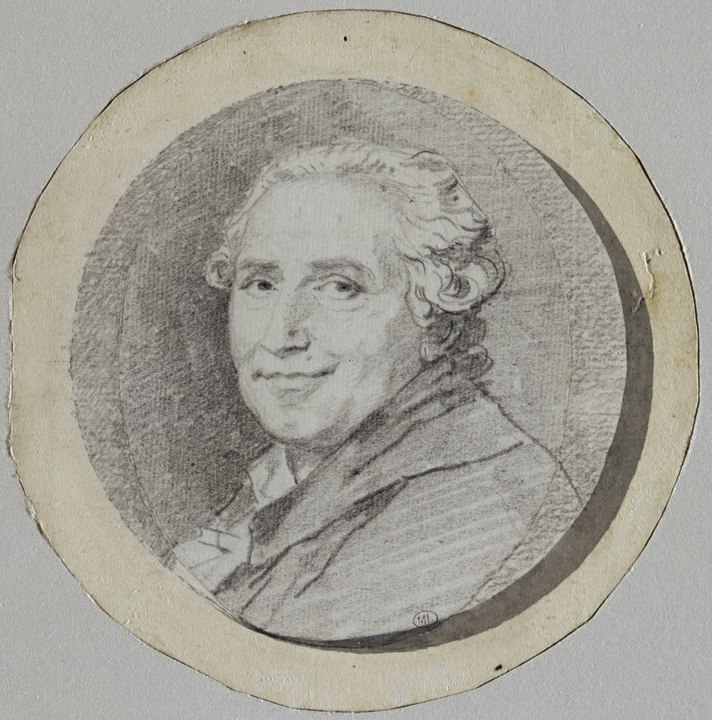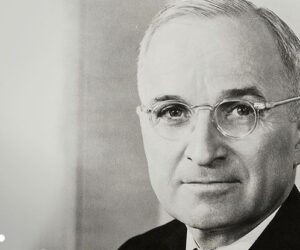Jean-Honoré Fragonard, a prominent figure in French Rococo art, is renowned for his fluid and vibrant style that captured the essence of 18th-century aristocracy. His artistic journey, marked by significant stylistic evolutions, reflects a dynamic interplay of cultural influences and personal maturation. This article delves into the stages of Fragonard’s career, spotlighting key paintings that signify pivotal shifts in his artistic approach.
Early Years: The Rococo Influence
Fragonard’s early works, produced in the 1750s, are deeply rooted in the Rococo style. Characterized by playful themes, fluid lines, and a light palette, these paintings, such as “The Happy Accidents of the Swing” (1767), exemplify Rococo’s ornate aesthetics. The influence of his mentor, François Boucher, is evident in his whimsical subjects and pastel tones.
Middle Period: Transition to Complexity
By the 1760s, a subtle shift occurs in Fragonard’s style. Moving away from the frivolity of Rococo, his works begin to exhibit a greater complexity in composition and mood. Paintings like “The Stolen Kiss” demonstrate a deeper exploration of intimate and romantic themes, moving beyond the superficial charm of his earlier works.
Late Period: The Emergence of Neoclassicism
In the late 1770s, as Neoclassicism gained prominence, Fragonard’s style underwent a significant transformation. His later works, such as “The Bolt,” display a more restrained approach, with a focus on classical themes and a muted color palette. This shift reflects the changing artistic trends of the time, as well as Fragonard’s evolving personal tastes.
Influence of Historical and Cultural Shifts
The influence of historical and cultural shifts on Jean-Honoré Fragonard’s art, particularly during the French Revolution and the rise of Neoclassicism, was profound and transformative. This era was a time of tumultuous change, not only politically but also culturally. As the frivolity and opulence of the Rococo period gave way to the more serious and morally driven Neoclassical style, Fragonard’s work underwent a notable transition. His paintings, which once radiated with playful lightness and whimsy, began to reflect a deeper, more reflective tone.
This change is exemplified in works like “The Lover Crowned,” where the introspective quality and somber mood diverge sharply from his earlier Rococo pieces. The shift in Fragonard’s style during this period was not just a personal choice but a response to the broader societal changes. The French Revolution, with its emphasis on reason, morality, and civic virtue, ushered in a new artistic paradigm. Artists were encouraged to adopt themes that were aligned with revolutionary ideals, often characterized by a return to classical simplicity and seriousness.
Reproductions of Fragonard’s Work
In the modern era, the famous Fragonard’s reproductions have gained popularity, allowing a broader audience to appreciate his art. These reproductions, meticulously crafted to capture the essence of Fragonard’s original works, serve as a testament to his enduring influence in the art world. They provide insight into the nuances of his style and technique, offering an accessible way for contemporary art enthusiasts to engage with his legacy.
Legacy and Conclusion
Fragonard’s evolution from Rococo charm to Neoclassical gravitas mirrors the tumultuous changes of his era. His ability to adapt and grow artistically, while maintaining a distinct personal voice, cements his position as a versatile and influential figure in art history. Through his journey, we witness not only the evolution of an individual artist but also the broader shifts in artistic trends of the 18th century.
In summary, Fragonard’s artistic evolution is a rich tapestry of stylistic experimentation and adaptation. His work, from the light-hearted Rococo beginnings to the more introspective Neoclassical influences, offers a vivid window into the artistic and cultural transformations of his time. Through both his original works and modern reproductions, Fragonard continues to enchant and inspire, underscoring the timeless nature of great art.




